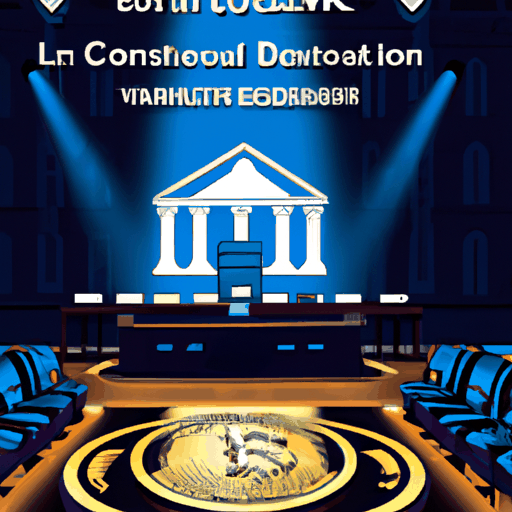
US Court Freezes USDC Linked to Libra Scandal
By: Eva Baxter
The financial world has been riveted by a recent ruling from a Manhattan federal court, which has imposed a freeze on approximately $57 million worth of USDC—one of the leading stablecoins—allegedly tied to ongoing controversies surrounding the Libra memecoin. This legal action reflects the stringent measures being taken against assets intertwined with suspect digital currencies, highlighting the increasing scrutiny stablecoins are facing on the legal front.
At the heart of this case is a temporary restraining order, successfully petitioned by Burwick Law and supported by Tim Treanor, serving to prevent any transactions involving the large sum held in these USDC units. The freeze order affects the wallets managed by Circle, the issuer of USDC, suspected of being connected to the illicit activities of the Libra token team. These developments have sent ripples throughout the cryptocurrency market, raising questions about the security and oversight of stablecoins within the broader financial ecosystem.
The enforcement of the freeze integrates on-chain data that bolstered the court's decision, reflecting proactive measures taken by the legal entities involved. Notably, the ruling underscores the legal system's adaptation to the evolving dynamics of digital currencies. The stakes are high for Circle as it balances its authority to control wallet activities against criticisms that stablecoin issuers wield extensive power over decentralized financial assets. This case could set precedents for future regulatory actions concerning stablecoin units, especially those suspected of abetting financial misconduct.
This case also accentuates the challenges regulators and companies face in managing the rapid expansion of digital finance assets. The implications of these developments for Circle and other stablecoin issuers could redefine operational practices, demanding enhanced transparency and adherence to rigorous compliance standards. As the court proceedings continue, the broader financial community watches closely, aware that the outcomes could shape the future legal landscape for cryptocurrency regulation and consumer protections.



